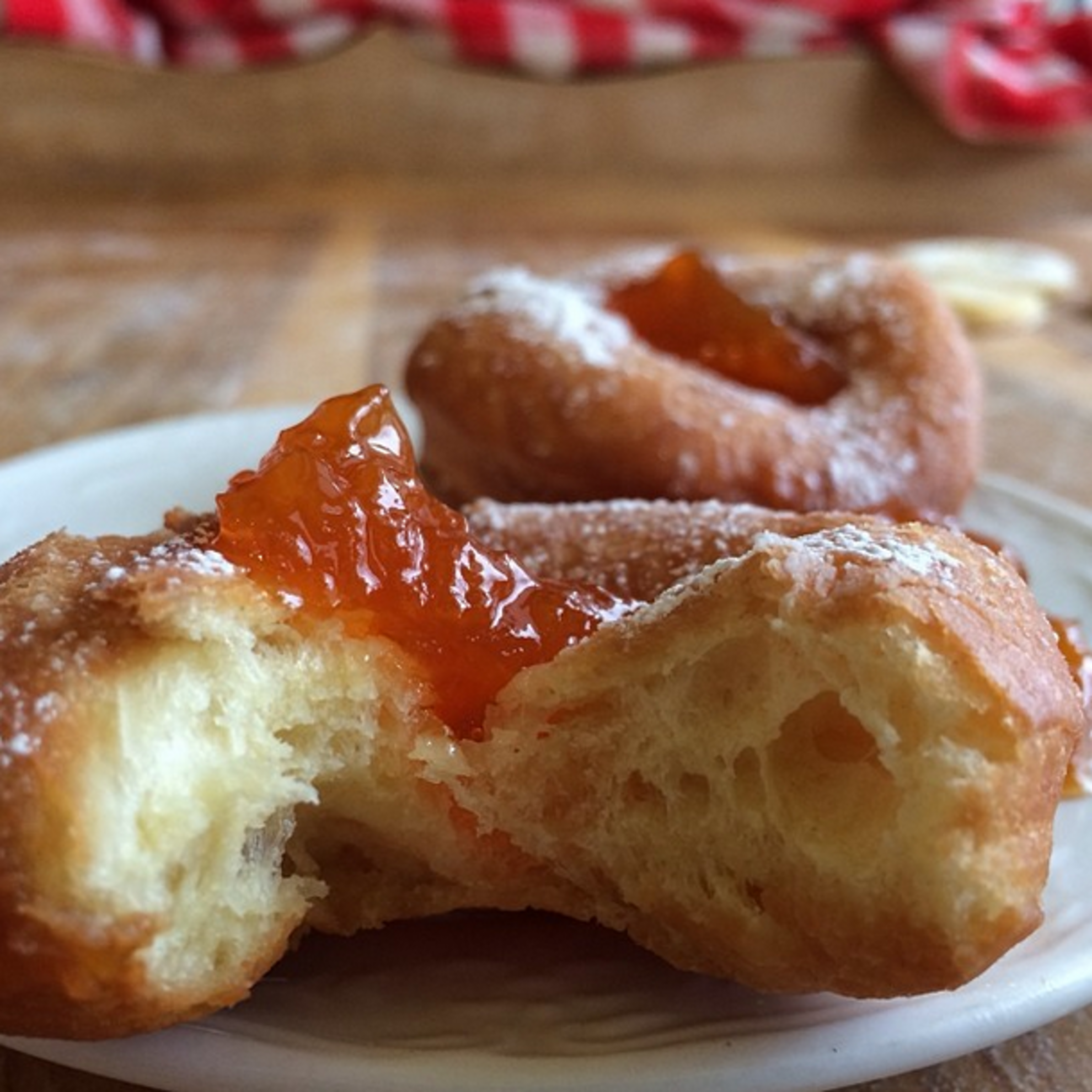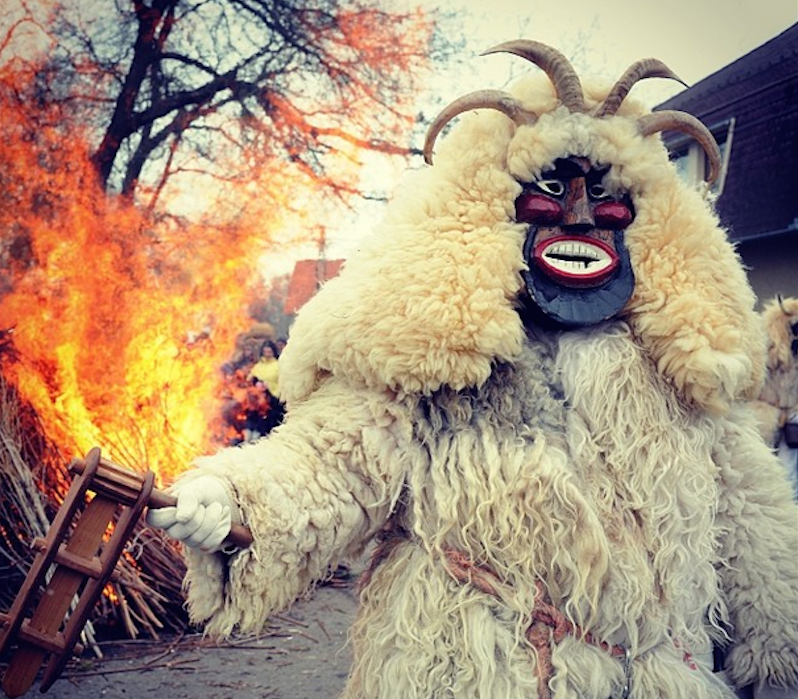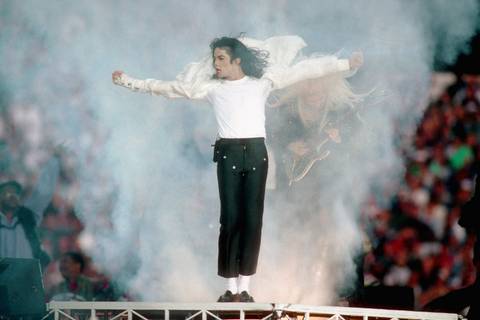The last day of Christmas on January 6 marks the start of a huge, colourful festival period called Farsang - like "Carnival" in other parts of the world. This period is filled with eating decadent food, masquerade balls, lots of loud noise and a UNESCO-recognised festival called "Busójárás" in the southern city of Mohács. Farsang is a combination of Christian traditions and old pagan rituals, and the huge celebration lasts until the start of the Christian Lenten fasting period. But Farsang is also symbolic of saying goodbye to winter and looking forward to spring warmer weather.
The history of FarsangFarsang (“Carnival” in English) is an important tradition in Hungary, as it is in many other parts of the world.
Beginning on January 6 (Epiphany) the festive period lasts until Ash Wednesday when, in the Christian tradition, the fasting period of Lent begins in the lead-up to Easter.
In contrast to Lent though, Farsang is a period marked by eating rich foods, many colourful and loud celebrations, masquerade and costume balls, and other events that are steeped in Hungarian traditions. The first day of Farsang, on January 6, is also the day when, traditionally, many families take down and throw out their Christmas trees. In Hungarian villages the Farsang period was, traditionally, also went days-long wedding celebrations were held. This was because winter is quieter for farm workers so they could spend days partying, and also because food was easier to prepare and store for what would often be hundreds of guests.
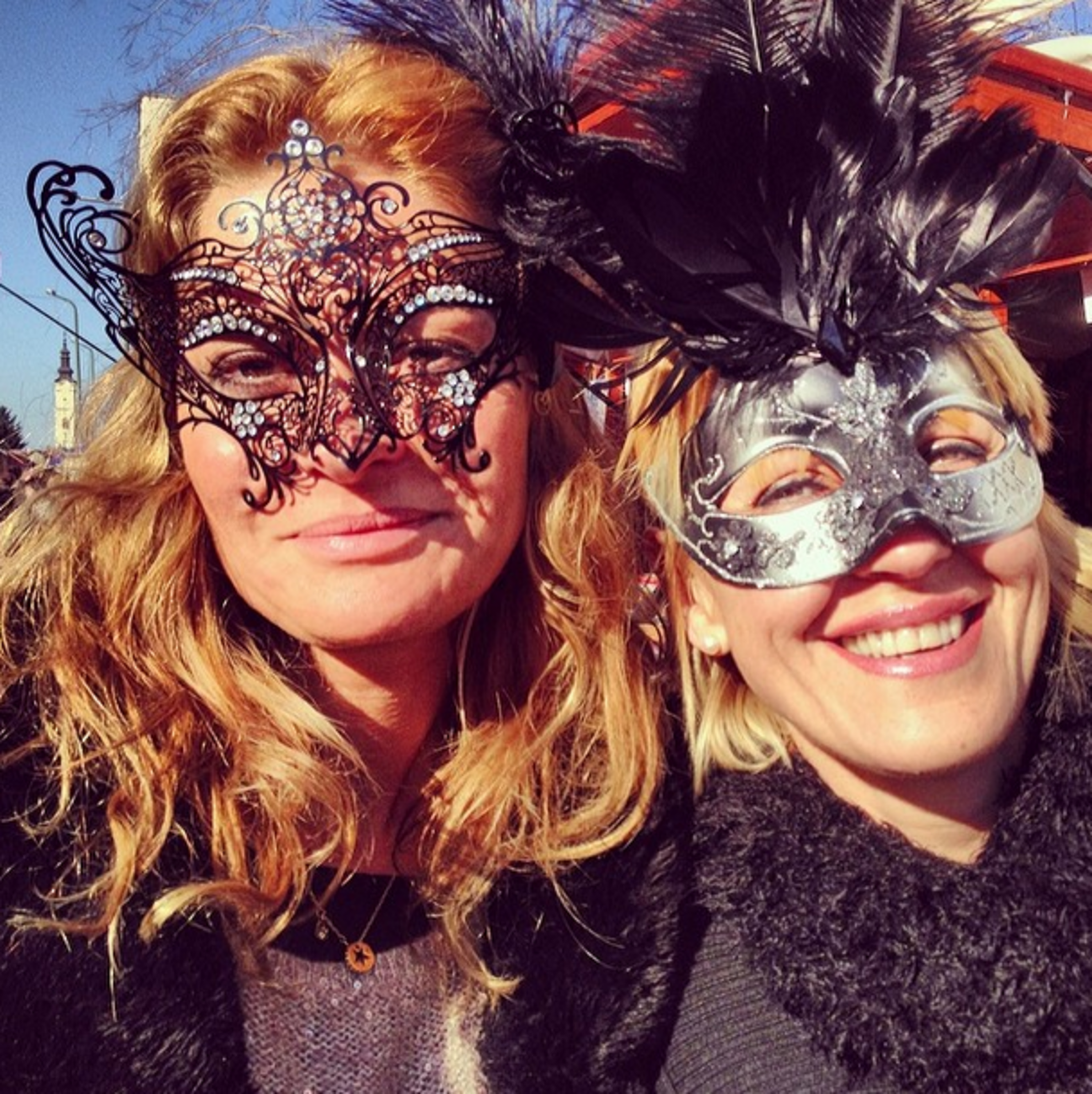
The high-point of Farsang is its last three days, which changes dates each year depending on the dates of Easter. These last three days are called Farsang Farka ("the tail of Farsang") and lasts from the so-called Farsang Sunday through to Shrove Tuesday (or "Húshagyókedd" in Hungarian). In 2015, Farsang Farka is from February 15 - 17. These final festivities are traditionally the last burst of merriment and frenzied fun before Easter because of that 40-day Lenten fast period in between. Traditionally on the final day, Tuesday, straw scarecrows would be burnt, to send winter on its merry way. For those following folk and Christian traditions, the Lent period is used as a chance to fast and prepare for spring ahead of the big Easter celebrations.Farsang in Budapest
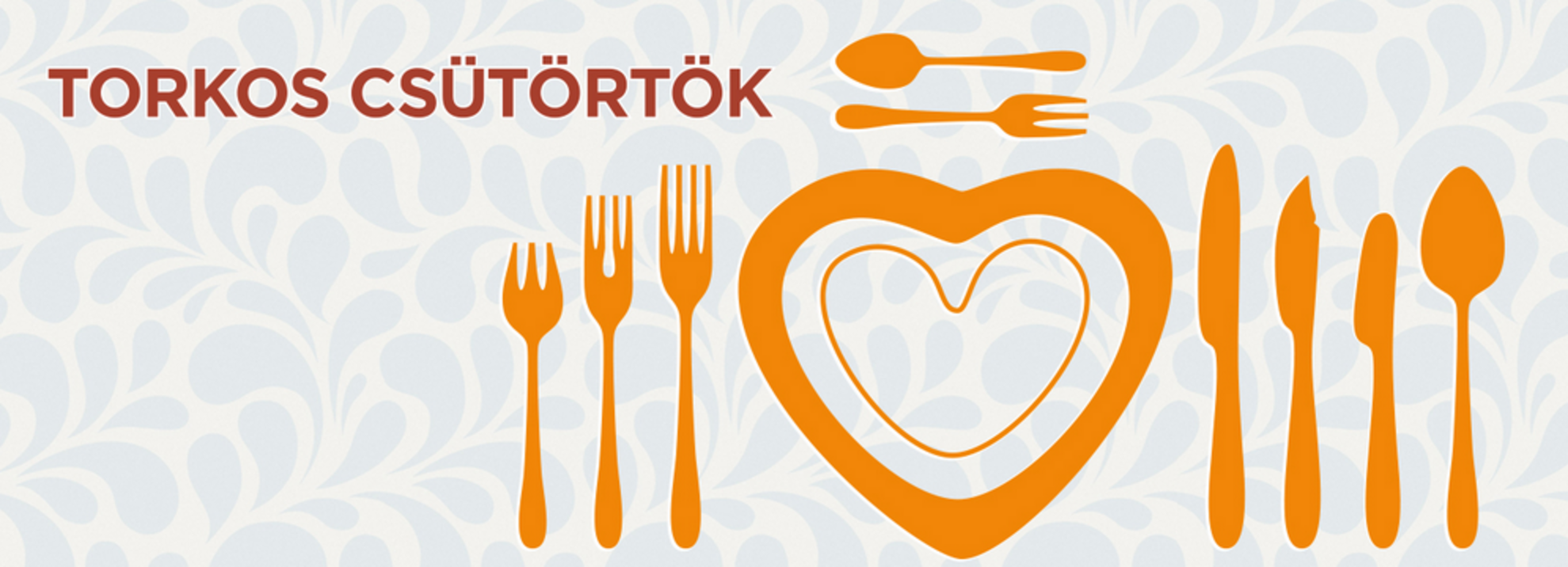
Aside from masquerade balls and other Farsang parties, one of the most famous Farsang events is called Torkos Csütörtök (or “Fat Thursday” in English). Traditionally this was held on the Thursday before Lent, however, more recently it's held on the Thursday after Ash Wednesday. During Torkos Csütörtök registered restaurants offer a 50% discount so you can eat, drink and be merry at a variety of restaurants throughout Budapest. In 2015 it's on 19 February, find participating restaurants here. For those who want to try mangalitsa meat then the Mangalitsa Festival (6-8 February 2015) is the place to get your hands on plenty of food. Every second year (next in 2016) the Budapest International Circus Festival is also held during the Farsang period. Elsewhere in Hungary many events are also held for Farsang. One example is the meat jelly festival in the city of Miskolc called the Miskolci Kocsonya Farsang (5-8 February 2015).The famous Busójárás
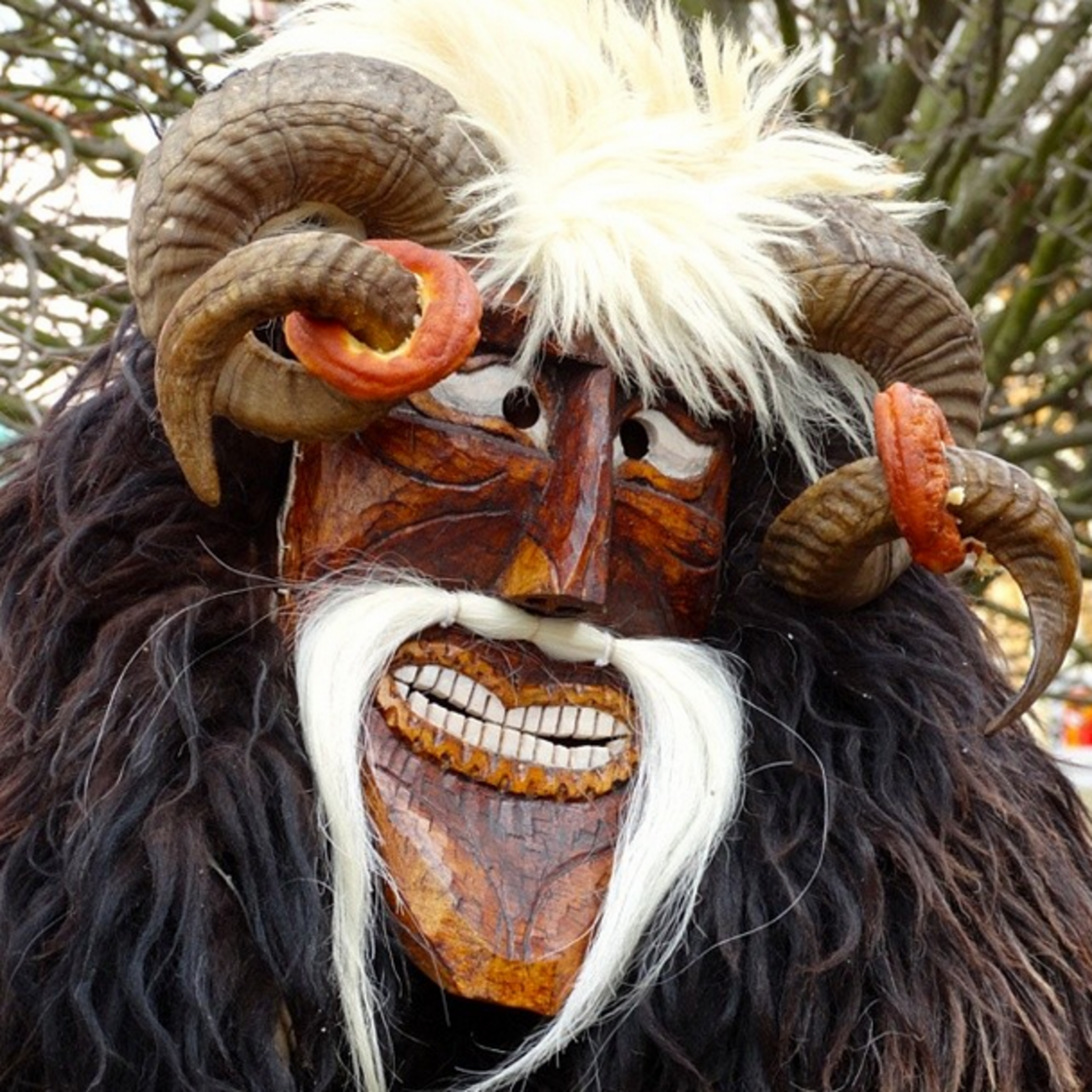
Similar Carnival celebrations are held in other parts of the world such as the Rio Carnival and the Venice Carnival – but in Hungary one of the largest Farsang events is held in the southern city of Mohács, with what’s called the Busójárás. This huge event is recognised by UNESCO as an Intangible Cultural Heritage. The most recognisable feature is men in scary wooden musks with big teeth and horns, dressed in furry sheep's skin, who run around making loud noises and chasing women and playfully smacking them.
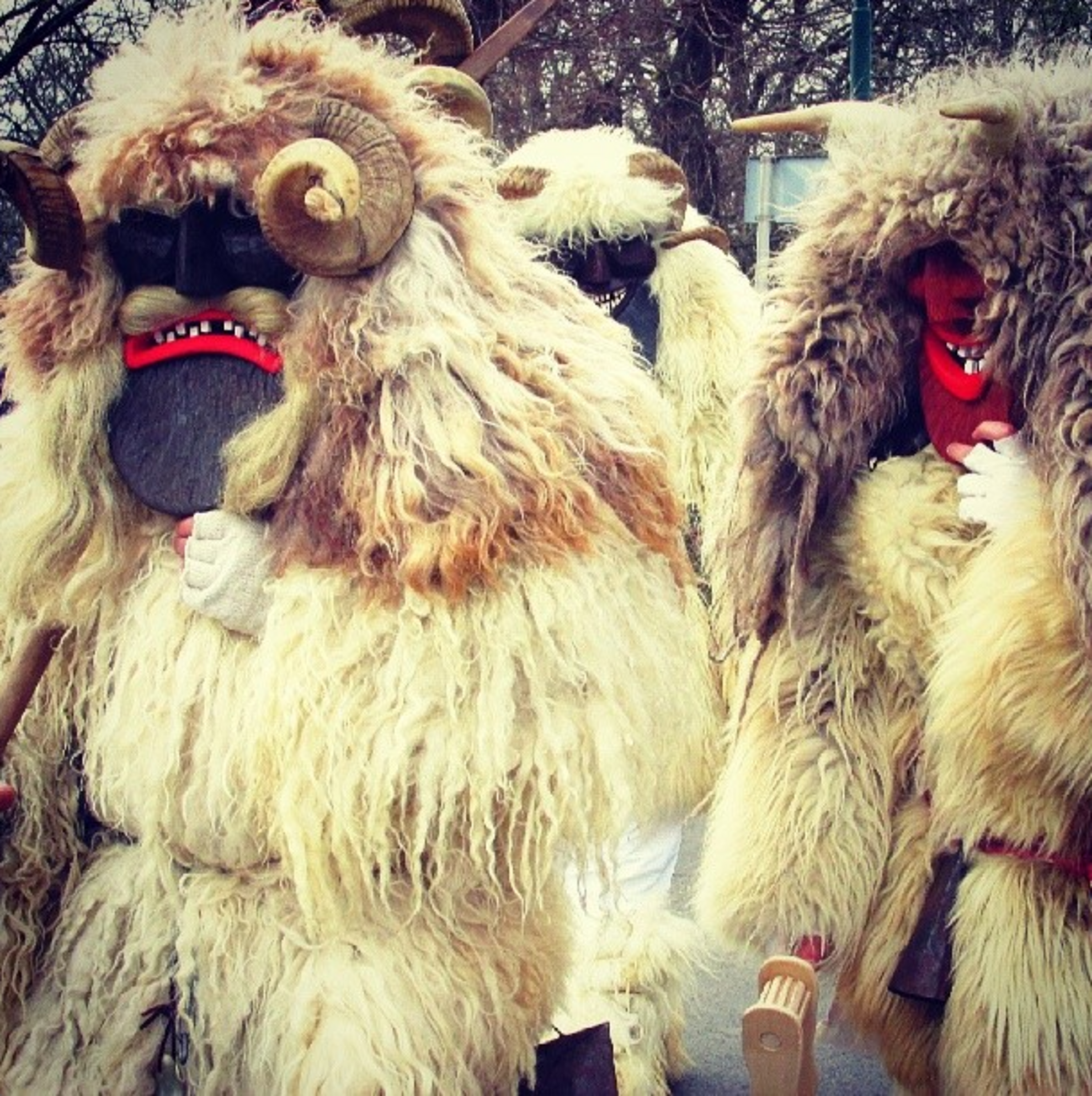
The Busójárás festival (meaning "Busó-walking") is from 12 - 17 February in 2015. Farsang Sunday is a great time to go with many food and craft stalls, live music, dancing and traditional parades - just beware that if you're a woman then you're likely to be chased and scared - in a playful way - by the scary "Busók." This, though, is a large part of why this festival is so colourful and memorable. Another big part of this festival - already filled with pagan rituals - is on the Tuesday night (Shrove Tuesday), when a large bonfire in the main square is lit and the Farsang coffin is burnt. One theory is that Busójárás is meant to scare away the winter, but the other is that the event actually represents scaring away the Turks. Back in Ottoman times (the 17the century) the Turks had invaded and locals fled to nearby swamps. But the locals made scary masks and frightening costumes, and ran back into the town making loud noises. The Turks on hearing the strange noises and seeing the scary figures fled the town in fright.Traditional Farsang foodBefore the traditional Lent fasting period large amounts of food are consumed. It's typical to eat a lot of cabbage and pork during Farsang, but the most famous is perhaps the Szalagos Farsangi Fánk (“Carnival Doughnuts”).
